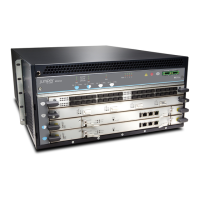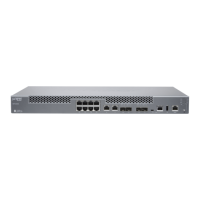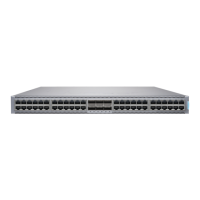Chassis and Component Liing Guidelines
• Before moving the device to a site, ensure that the site meets the power, environmental, and
clearance requirements.
• Before liing or moving the device, disconnect all external cables and wires.
• As when liing any heavy object, ensure that your legs bear most of the weight rather than your
back. Keep your knees bent and your back relavely straight. Do not twist your body as you li.
Balance the load evenly and be sure that your foong is rm.
• Use the following liing guidelines to li devices and components:
• Up to 39.7 lb (18 kg): One person.
• From 39.7 lb (18 kg) to 70.5 lb (32 kg): Two or more people.
• From 70.5 lb (32 kg) to 121.2 lb (55 kg): Three or more people.
• Above 121.2 lb (55 kg): Use material handling systems (such as levers, slings, lis, and so on).
When this is not praccal, engage specially trained persons or systems (such as riggers or movers).
Rack-Mounng and Cabinet-Mounng Warnings
Ensure that the rack or cabinet in which the device is installed is evenly and securely supported. Uneven
mechanical loading could lead to a hazardous condion.
WARNING: To prevent bodily injury when mounng or servicing the device in a rack,
take the following precauons to ensure that the system remains stable. The following
direcves help maintain your safety:
• Install the device in a rack that is secured to the building structure.
• Mount the device at the boom of the rack if it is the only unit in the rack.
• When mounng the device on a parally lled rack, load the rack from the boom
to the top, with the heaviest component at the boom of the rack.
• If the rack is provided with stabilizing equipment, install the stabilizers before
mounng or servicing the device in the rack.
247

